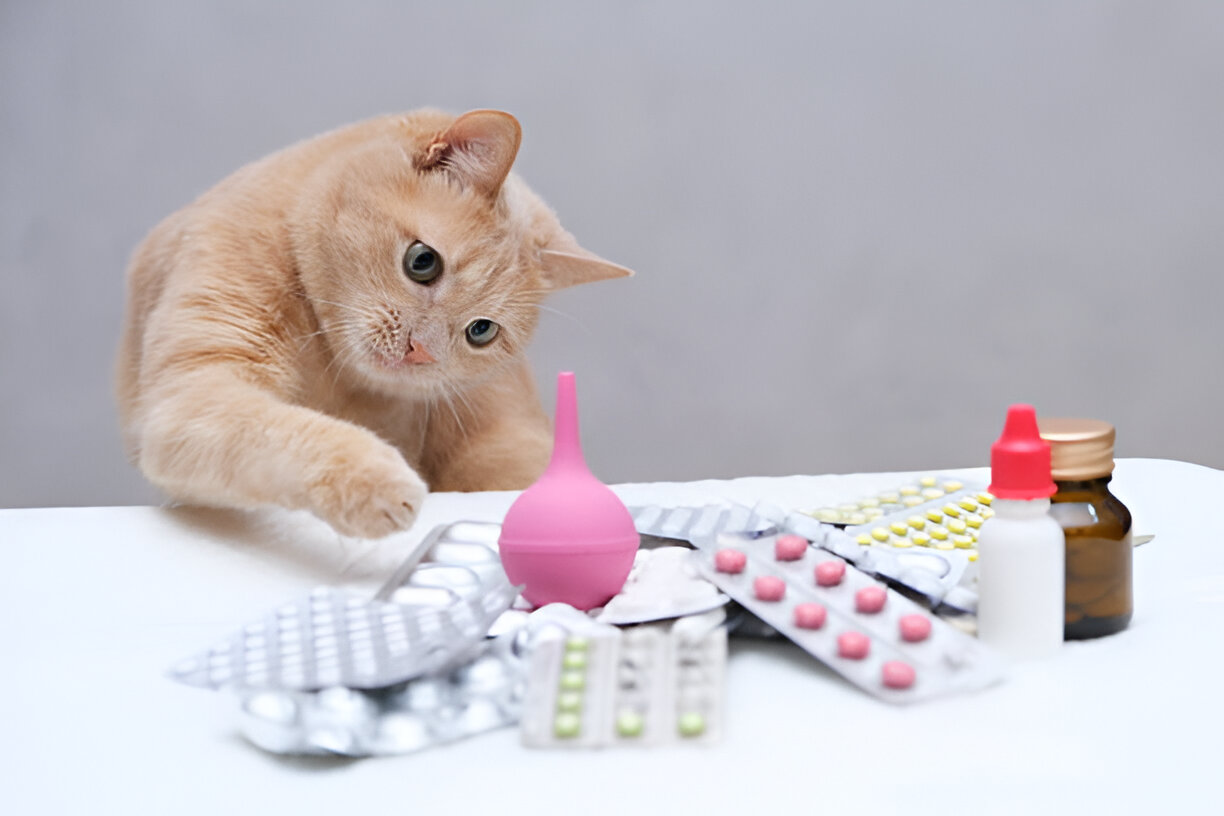Kittens are among the most vulnerable members of the animal kingdom. Their developing bodies require special care and attention, especially when it comes to medication. As a pet owner, ensuring your kitten receives the correct dosage of any medication is paramount. This is particularly true for treatments like Toltrazuril, which is commonly used to treat coccidiosis in young animals. Accurate dosing is crucial not only for the medication to be effective but also to minimize the risk of side effects. This guide will provide an overview of the recommended dosage for Toltrazuril in kittens, administration tips, potential side effects, and the importance of veterinary oversight.
Recommended Dosage for Kittens
The dosage of Toltrazuril for kittens can vary depending on several factors, including the kitten’s weight and health status. Here are some general guidelines:
1. Weight-Based Dosage
- Under 2 kg (4.4 lbs): The typical dosage is 20 mg/kg, administered as a single dose. This means a kitten weighing 1 kg would receive a total of 20 mg of Toltrazuril.
- 2 kg to 4 kg (4.4 lbs to 8.8 lbs): For kittens in this weight range, the dosage remains at 20 mg/kg but can be administered in two divided doses to enhance tolerance and absorption.
- Over 4 kg (8.8 lbs): Consult your veterinarian, as kittens in this weight category may require different treatment protocols based on their overall health and any underlying conditions.
2. Health Status Considerations
Kittens with compromised immune systems or underlying health issues may require adjusted dosages. Always consult your veterinarian before administering any medication, as they can provide tailored advice based on your kitten’s specific needs.
3. Example Dosage Calculation
To illustrate the dosage calculation:
- A kitten weighing 1.5 kg would need 20 mg/kg of Toltrazuril:
- 1.5 kg × 20 mg/kg = 30 mg of Toltrazuril.
Always ensure you have the correct medication formulation, as Toltrazuril can come in various forms (liquid or tablet).
Administration Tips
Administering medication to kittens can be challenging due to their small size and tendency to resist. Here are some methods to ensure safe and accurate dosing:
1. Using an Oral Syringe
An oral syringe is one of the most effective tools for administering liquid medication:
- Preparation: Draw the prescribed amount of Toltrazuril into the oral syringe. Ensure there are no air bubbles.
- Positioning: Gently hold your kitten, ensuring it is calm and secure. You might want to wrap it in a towel to prevent sudden movements.
- Administration: Place the syringe in the side of the kitten’s mouth, aiming for the back of the throat. Slowly dispense the medication, allowing the kitten to swallow it. Be careful not to squirt it too quickly, as this could cause choking.
2. Mixing with Food
If your kitten is cooperative, mixing the medication with a small amount of food can be an effective strategy:
- Choose the Right Food: Select a food that your kitten enjoys and is comfortable eating. It can be wet food or a small amount of canned tuna.
- Mixing: Stir the Toltrazuril thoroughly into the food, ensuring it’s well-blended. Offer the food to your kitten, monitoring to ensure they consume the entire portion.
- Monitor Intake: If your kitten does not finish the food, check to see if any medication remains. If there is any, you may need to administer the dose again.
3. Positive Reinforcement
Using treats and praise can help make the process smoother. After administering the medication, give your kitten a treat or some extra playtime to create a positive association with the experience.
Safety and Side Effects
While Toltrazuril is generally considered safe for kittens when administered correctly, monitoring for potential side effects is essential. Here are some common side effects and safety tips:
1. Potential Side Effects
- Gastrointestinal Issues: Some kittens may experience mild diarrhea or vomiting after taking Toltrazuril. If these symptoms persist for more than 24 hours, contact your veterinarian.
- Loss of Appetite: A temporary decrease in appetite is also a possible side effect. Ensure your kitten continues to drink water and maintain hydration.
- Behavioral Changes: If your kitten seems lethargic or unusually quiet, monitor them closely and consult your veterinarian if you have concerns.
2. Monitoring for Adverse Reactions
- Daily Observations: Keep a close eye on your kitten for any signs of adverse reactions, especially during the first few days of treatment.
- Record-Keeping: Maintain a log of your kitten’s weight, appetite, and behavior changes. This information can be invaluable during veterinary consultations.
3. Emergency Measures
If you notice any severe reactions, such as difficulty breathing, swelling, or unresponsiveness, seek emergency veterinary care immediately.
Conclusion
Administering Toltrazuril to kittens requires careful consideration, attention to dosage, and responsible practices. Ensuring accurate dosing is critical for the effectiveness of the treatment and the well-being of your kitten. Always consult your veterinarian for tailored advice, especially if you notice any concerning side effects or have questions about your kitten’s health. By following the recommended guidelines and keeping a close watch on your furry friend, you can contribute significantly to their health and happiness. Your diligence in monitoring and administering medication will help set the foundation for a healthy, vibrant life for your kitten.

